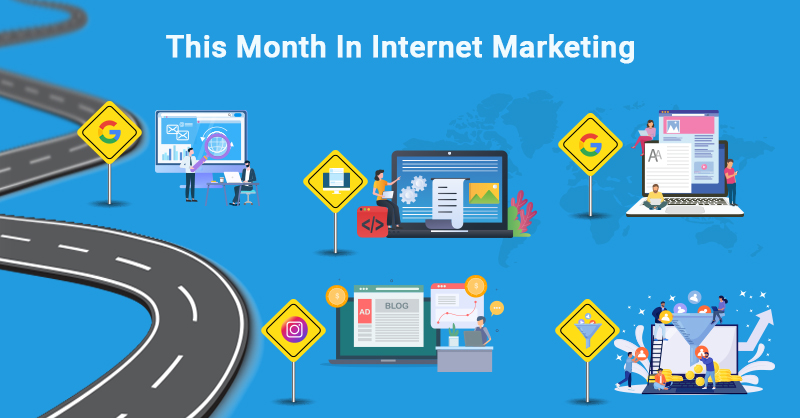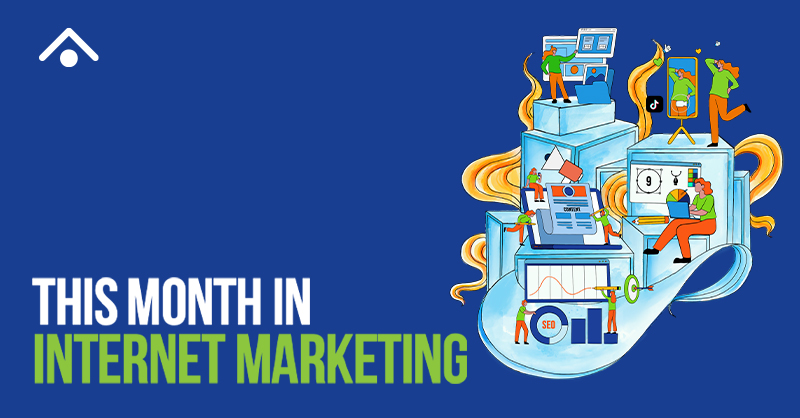Can you believe it’s almost May?
April was a month full of changes. Longer days, (slightly) warmer weather, and some exciting digital marketing updates!
We’ve picked five articles highlighting some important news to keep you in the loop.
So without further ado, here’s what we learned this month in marketing!
Google Offers 3 Strategies for Adjusting to Privacy-First Marketing
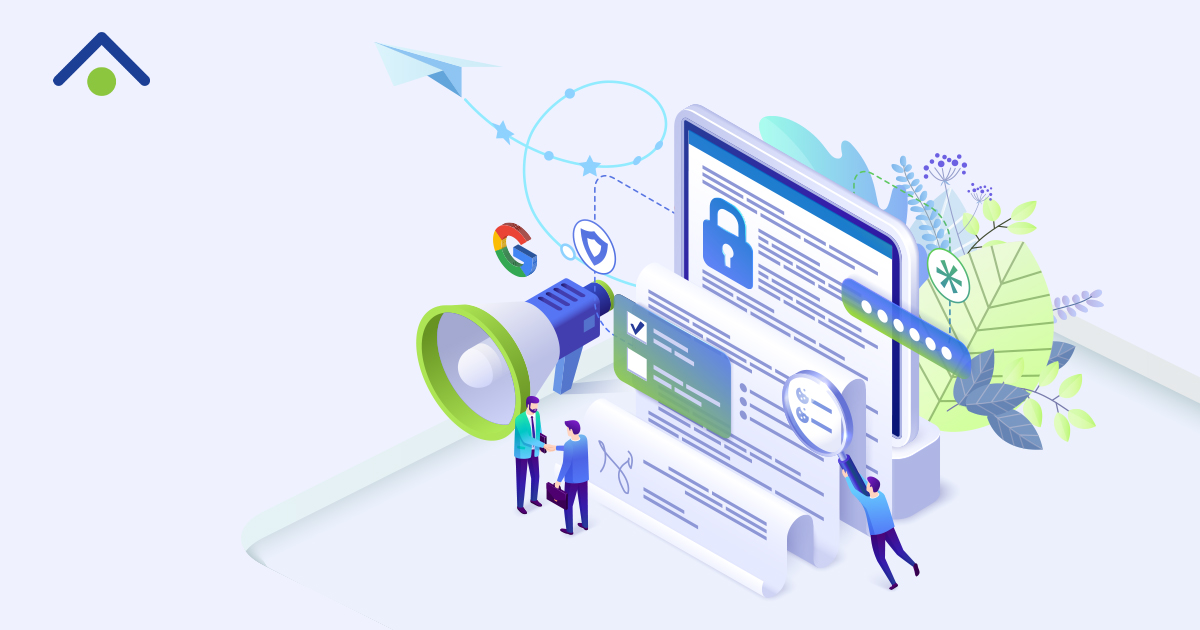
Next year will bring a lot of changes to the way Marketers collect data on their audiences, with Google eliminating Third-Party cookies. Despite these big changes, there will still be a few key ways Marketers can drive conversions.
Google has offered three strategies to ensure a smoother transition to Privacy-First Marketing:
- Cookie Deprecations and Website Tags: Google has assured everyone that the removal of Third-Party cookies will not affect the ability to measure and optimize campaigns. They recommend using a global site tag (gtag.js) in their Tag Manager to do this.
- Accurate Measurement: Google suggests that marketers should start building a first-party data strategy by collecting data during phone, in-store, and app interactions.
- Protecting customer privacy will not negatively impact business: While there may be slight gaps or differences in data, Google says that learning about conversion modeling and first-party data will help marketers and businesses continue to collect data.
Click the link above to learn more about privacy first marketing and how to adjust.
5 Ideas to Make Your Content Accessible to All

Accessibility in marketing should never be an afterthought. The more people that are able to consume your content, the better. Accessible content means that it’s perceivable, operable, understandable, and robust across all platforms.
The content marketing institute has put together a list of five ideas to make your content more accessible:
- Use descriptive text: Avoid being too vague! Include descriptive page titles, headings, anchor text, meta descriptions, and alt texts for images. Bonus: descriptive text also helps a great deal with SEO.
- Use sufficient colour contrasts: If your website or content features colours that are too similar or dull, it may be difficult for users (especially those who are visually impaired) to differentiate between or understand the content.
- Create alternative formats for audio and visual content: If your site or content includes videos, webinars, or audio - it’s important to create alternative formats such as a transcript.
- Pay attention to UX: It’s essential to consider the overall experience of the user as they navigate your website and its content. Factors such as organization, searchability, images, and page loading time all play a role in their experience!
- Make good language choices: Having inclusive language and verbiage is important to reach as wide an audience as possible.
For a more in-depth explanation of each of these ideas, click the link above.
Google Says AI Generated Content Is Against Guidelines

Google has recently announced that AI-generated content is considered spam, and goes against their SEO guidelines. This could ultimately lead to a manual penalty which means your ranking will take a hit, and in some cases, your website will no longer rank on the SERP at all.
Using any sort of machine to generate content can be considered AI. Google has admitted they currently have no clear-cut way to determine content written by a machine vs. human (unless it’s blatantly obvious), however, if a Google webspam team member does detect it - they are required to take action. While producing your own written content may take longer, it’s well worth it in the long run.
Click above to learn more.
3 Powerful Micro-Conversion Strategies For Paid Social
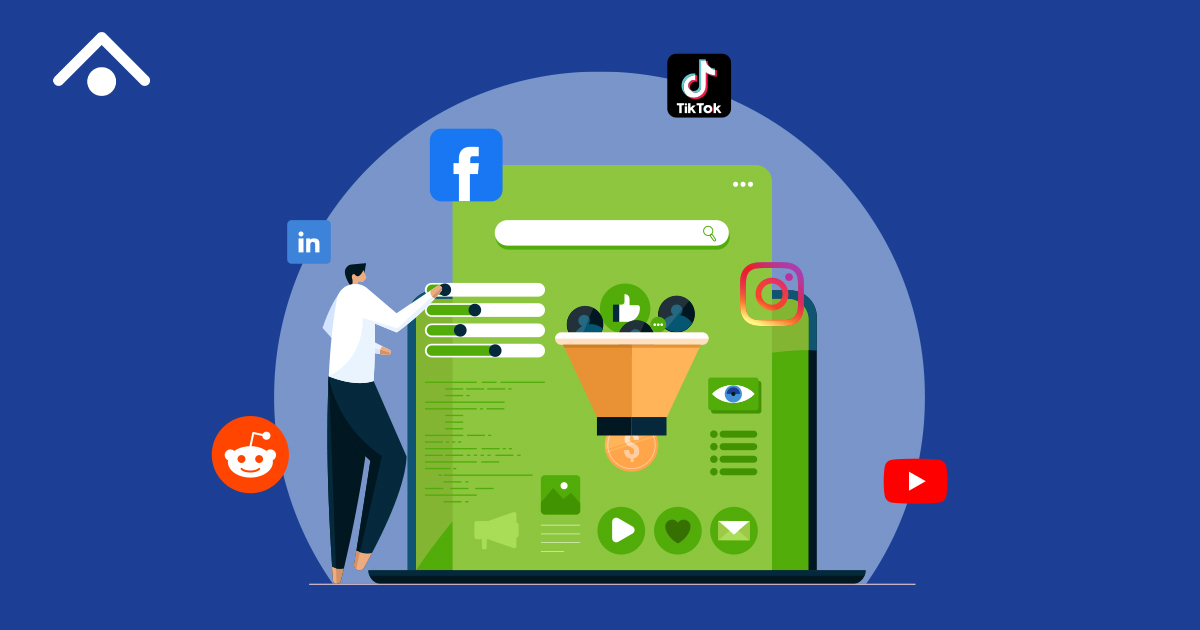
Many marketers place a lot of emphasis on Conversions as a key indicator that their campaign is succeeding, however, micro-conversions can be just as useful to look at.
As the article states, Micro-conversions signal a high intent or likelihood that a prospect is going to convert to the primary conversion goal. If you’re running a paid social campaign, an example of a micro-conversion could be something as simple as engaging with an ad, opening a lead generation form, liking or following your brand's page, etc.
Search Engine Land has compiled a list of three powerful micro-conversion strategies for Paid Social that can help make an impact in your next campaign:
- Optimize top-of-funnel campaigns for website engagements rather than clicks.
- Build High-Intent Retargeting Audiences.
- Capture missed leads.
For a more detailed breakdown of each of these strategies, click the link above.
How to Use Instagram to Grow Your Blog Traffic
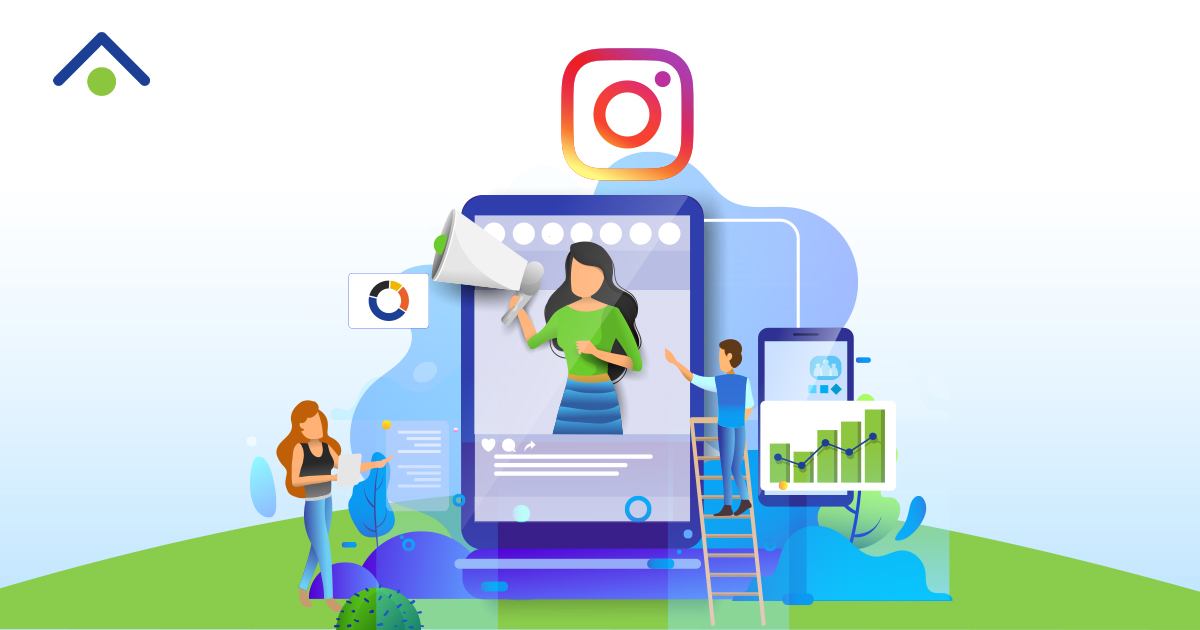
Instagram is a highly engaging platform, especially when it comes to building an audience for your blog. This article covers five strategies you can use to drive traffic back to your website, despite the lack of availability to insert links. This includes:
- Including the link in the bio: Most users won’t take the time to copy and paste a link from the caption into their browser, so providing them an easier way to access your blog will likely result in more clicks.
- Use images and videos that attract users to your blog and stand out from other content on the platform.
- Get creative with your captions! Provide your followers with a teaser of what you cover in your blog and leave them wanting to learn more.
- Make good use of hashtags as they help your content reach a wider audience, and make sure to include ones that are relevant to your blog’s content.
- Engage with others by liking, commenting, or sharing other content - this will encourage more people to check out your content and can also foster cross-promotion between brands.
Interested in learning more? Click the link above.
Wrapping Up
So there you have it! This has been another exciting month for the digital marketing industry. We hope these five articles provided you with some helpful and interesting information you can use.
To do a quick review, first, we learned about Google’s top three strategies to tackle the shift to first-party marketing. We then moved on to explore five ideas on how to make your content more accessible.
Next, we covered Google’s stance on AI-Generated content. We followed this with an article on three micro-conversion strategies you can implement into your paid social campaigns. Lastly, we discussed how to use Instagram to grow your blog traffic.
Any questions, comments, or concerns? We’d love to hear your feedback. We’ll be back next month with 5 new articles for you. In the meantime, if you’re looking to learn more please check out our existing blogs that cover a range of digital marketing topics!
